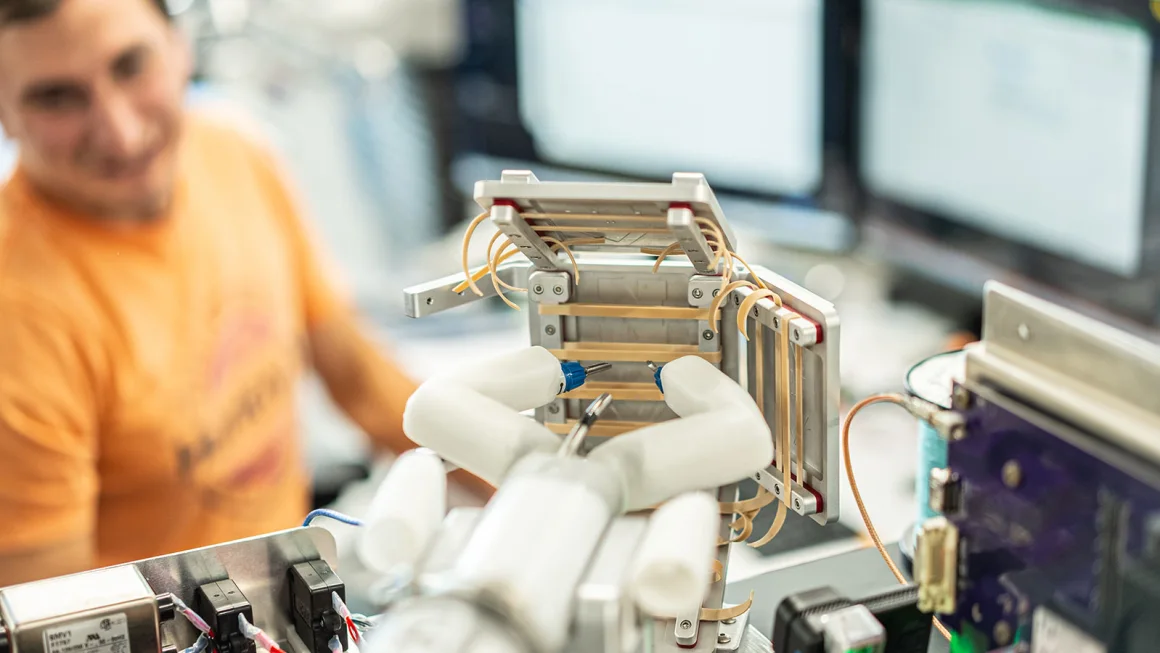In a groundbreaking demonstration at the International Space Station (ISS), a compact surgical robot named spaceMIRA completed its first simulated surgery in the challenging zero gravity environment. This significant achievement, disclosed exclusively to CNN by the technology’s developers, marks a pivotal advancement in surgical robotics and its potential applications in space and remote locations on Earth.
The spaceMIRA, an acronym for Miniaturized In Vivo Robotic Assistant, is a marvel of engineering weighing just 2 pounds and designed to operate in the confined spaces of spacecraft. It was developed by Virtual Incision, a startup co-founded by Shane Farritor, its Chief Technology Officer. Farritor explains, “It gives smaller hands and eyes to the surgeon (on Earth) and allows them to perform many procedures minimally invasively.” The robot, which travelled to the ISS aboard a SpaceX Falcon 9 rocket, is equipped with two arms that replicate human movements: one to grasp and the other to cut, making it an invaluable tool for conducting surgeries with precision.
During the demonstration, spaceMIRA was remotely controlled by surgeons from Lincoln, Nebraska, approximately 250 miles below the ISS. They performed various operations on simulated tissue, showcasing the robot’s ability to handle surgical tasks under unique space conditions. Despite challenges such as latency, which introduces a delay in the robot’s response to commands, the team completed each task, illustrating the robot’s potential to address medical emergencies during long-duration space missions.
The success of spaceMIRA is not just a leap forward for space exploration, where it could provide critical medical support during missions as lengthy as a round-trip to Mars, but also holds promise for expanding access to specialized medical care in remote areas on Earth. “There are a lot of places in the US … that don’t have access to specialists, and if you could perform telesurgery like this, where you could have an expert dial in from a larger city into a rural area and assist with some surgical care, I think that’s got huge advantages,” Farritor noted.
As spaceMIRA prepares to return to Earth in the spring, the implications of this successful demonstration extend beyond the confines of space, offering a glimpse into a future where distance and isolation no longer hinder access to advanced medical care. This innovation not only propels us closer to sustainable human life beyond our planet but also bridges the gap in healthcare accessibility across our own, making it a significant step in the right direction for space exploration and global health.





















